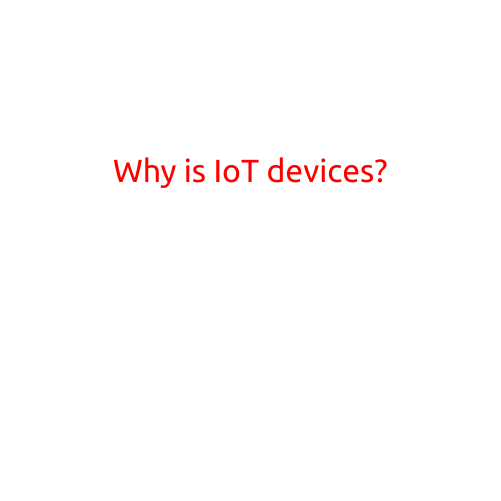
When To Replace Computer Peripherals?
As a computer user, you rely heavily on various peripherals to get your work done efficiently. From keyboards and mice to monitors and printers, each peripheral plays a crucial role in enhancing your overall computing experience. However, with frequent use, these peripherals can start to show signs of wear and tear, leading to decreased performance and accuracy. At some point, it becomes necessary to consider replacing them. But, when exactly should you replace your computer peripherals?
Signs That It’s Time to Replace Your Peripherals
Here are some common signs that indicate it’s time to replace your computer peripherals:
- Frequent Malfunctions: If your keyboard or mouse starts malfunctioning frequently, it may be time to replace them. For instance, if your mouse tends to freeze or your keyboard keys stick, it can be frustrating and affect your productivity.
- Poor Performance: If your peripherals are slowing down or taking longer to respond, it may be due to wear and tear. For example, if your monitor’s display is no longer as sharp as it used to be, or your printer takes an eternity to print documents, it’s time to look for an upgrade.
- User Error: If you’ve noticed that you’re experiencing more errors or typos while using your peripherals, it could be due to worn-out or damaged components. In such cases, replacing the peripherals can help improve your overall computing experience.
- Outdated Technology: If your peripherals are outdated and no longer support newer software or hardware, it may be time to upgrade. For instance, if your old printer doesn’t support wireless printing or your monitor is no longer compatible with the latest graphics software, upgrading to a newer model can be beneficial.
- Physical Damage: If your peripherals have suffered physical damage, such as water damage, dust accumulation, or physical wear and tear, it’s usually wise to replace them to avoid further damage or data loss.
When to Consider Upgrading Your Peripherals
While it’s essential to replace worn-out or damaged peripherals, it’s also crucial to consider upgrading your peripherals at the right time. Here are some scenarios where upgrading makes sense:
- Newer Features: If you’ve noticed that newer peripherals offer features that can enhance your computing experience, such as wireless connectivity, touchscreens, or high-refresh rate displays, it may be worth upgrading.
- Compatibility Issues: If you’ve recently upgraded your computer or software, and your peripherals are no longer compatible, it may be time to upgrade to ensure seamless integration.
- Improved Performance: If you’ve noticed that newer peripherals offer improved performance, such as faster processing speeds or higher resolution displays, it can be beneficial to upgrade.
Conclusion
In conclusion, replacing computer peripherals is an inevitable task, especially when they start to show signs of wear and tear. By recognizing the signs that indicate it’s time to replace your peripherals, you can ensure that you continue to enjoy a smooth and efficient computing experience. Additionally, considering upgrading your peripherals when new features or improvements become available can help you stay ahead of the curve and take advantage of the latest technology.





